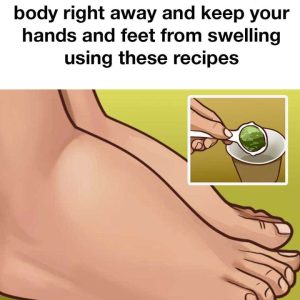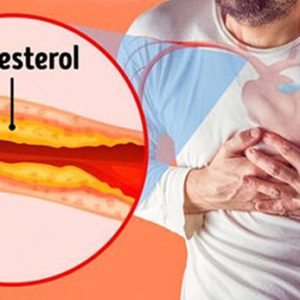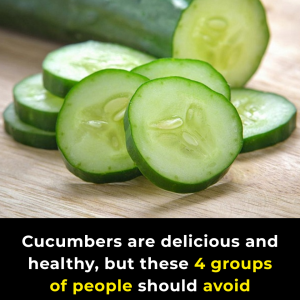
Have you ever been jolted awake in the middle of the night by a sharp, painful leg cramp? Or felt your muscles stiffen during the day, making it hard to walk or move comfortably?
You’re not alone — leg cramps are incredibly common, especially as we age. They can be frustrating, painful, and sometimes downright debilitating. But the good news is that certain foods can make a big difference.
In this post, we’ll explore three powerful superfoods that can help seniors prevent cramps, support strong muscles, and stay active longer.
1. Eggs – The Muscle Repair Powerhouse

Eggs are often called “nature’s multivitamin” — and it’s not just hype. They’re loaded with key nutrients for seniors, especially those battling muscle fatigue and nighttime cramps.
Why Eggs Help:
- High-quality protein: Each egg has around 6 grams of complete protein — exactly what your muscles need to repair and stay strong.
- Vitamin D: Helps your body absorb calcium and supports muscle function. Seniors often lack vitamin D, especially if they don’t get much sun.
- Vitamin B12: Critical for nerve function. A deficiency can lead to spasms and cramping — and many older adults don’t get enough B12.
How to Add Them:

Most healthy seniors can enjoy 6–7 eggs per week without concern. Scrambled for breakfast, hard-boiled as a snack, or in a veggie omelet — eggs are easy, versatile, and powerful.
2. Bananas – The Potassium Boost You Need

Bananas are a well-known remedy for muscle cramps, and for good reason — they’re packed with potassium, which is vital for smooth muscle movement.
Why Bananas Help:
- Potassium: Regulates muscle contractions and nerve signals. Low potassium? Expect cramps.
- Magnesium: Helps relax muscles and reduce tension.
- Vitamin B6: Supports nerve function and reduces inflammation.
How Many to Eat:
For most seniors, 1 banana per day is enough. If you’re active or cramp-prone, you might benefit from 2 — but go easy if you’re managing blood sugar. Try pairing bananas with nuts or oats to slow down sugar absorption.
3. Nuts & Seeds – Small But Mighty

Nuts and seeds are rich in magnesium, potassium, healthy fats, and antioxidants — everything your muscles need to function at their best.
Why Nuts & Seeds Help:
- Magnesium: Critical for muscle relaxation and nerve transmission.
- Potassium: Supports hydration and cramp prevention.
- Healthy fats: Improve circulation, reduce inflammation, and deliver nutrients to muscle tissue.
Pumpkin seeds, almonds, walnuts, and flax seeds are among the best choices. They also contain anti-inflammatory compounds, which can ease chronic pain and stiffness.
Best Ways to Enjoy:
A small handful a day (about 1 oz) is enough. Sprinkle flax or chia seeds on your cereal or yogurt. Grab a handful of almonds or pistachios as a snack. They’re great for post-exercise recovery and nighttime cramp prevention.
Final Tips for Cramp-Free Living

Adding these three foods — eggs, bananas, and nuts/seeds — into your daily meals can go a long way toward reducing cramps and keeping your muscles strong.
To boost your results even more:
- Stay hydrated (aim for 6–8 glasses of water per day)
- Stretch your legs daily, especially before bed
- Keep your electrolytes balanced (magnesium, potassium, calcium)
- Share This with Someone You Care About
If you found this helpful, consider sharing it with a friend, parent, or loved one who struggles with cramps or mobility issues. These small dietary changes can make a big difference in quality of life.




